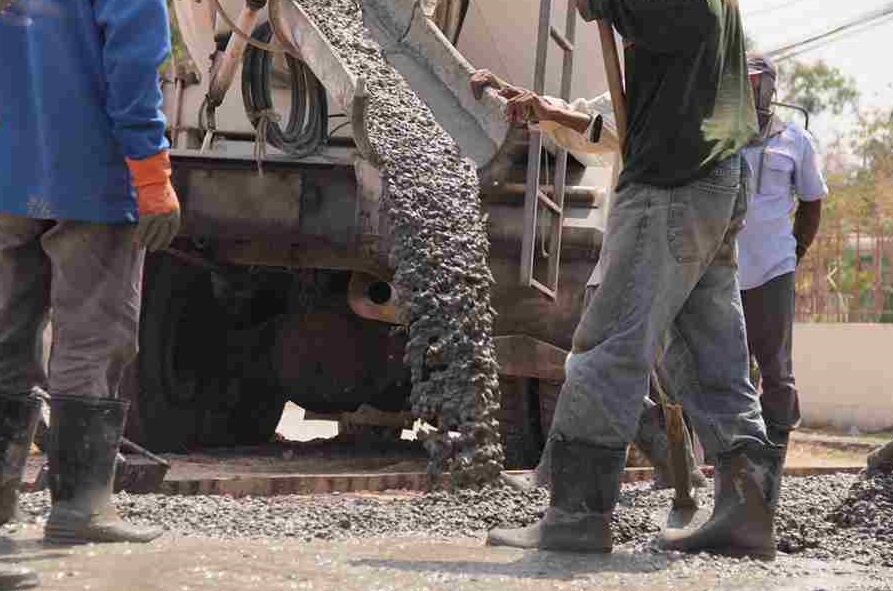THE MOST FREQUENTLY ASKED QUESTIONS ABOUT CONCRETE

What Is Concrete?
Concrete is the aggregation of sand and gravel. When the concrete (composition of cement) is mixed together, over a period of time, these components solidify into the paste by binding the aggregates eventually forming the solid mass. To make the constructions strong and to enhance durability along with versatility, concrete is widely used.
How Is Concrete Made?
Concrete is the combination of cement, aggregates, and water in precise proportions. The cement serves as the binding agent while the aggregates contribute to the strength and volume. As the curing process progresses, the cement and water engage to trigger chemical reactions that ultimately produce a solid, resilient product.
What Color Is Concrete Naturally?
The natural color of concrete is gray.
Why Is Concrete Gray?
As we know the concrete appears gray and this color is due to the cement which is also typically gray color which is resulting from the heating of limestone, clay, and other materials at high temperatures. During the process of heating, there’s a chemical reaction happens which produces calcium silicate and calcium aluminates, which makes the cement gray shade. After that when cement is mixed with other elements to make concrete then it also gives color to concrete.
What Is The Difference Between Cement & Concrete?
Cement is an unbreakable binding agent that is made of clay and limestone. On the other hand, the concrete is a mixture of cement, water, sand, and rock. In simple wording, we say that cement is an ingredient in concrete, which is the final product used in construction.
How Is Concrete Measured?
Typically, concrete is a term that is measured by the volume. In this context, the online concrete calculator is developed to determine the quantity of materials needed for a project. To use this calculator you typically insert the values including length, width, depth, quantity, and unit price and the tool will provide the concrete answers in cubic yards and cubic meters.
Does Concrete Gain Strength By Drying Out?
After drying out concrete gains do not have such strength that this gets after proper curing. To make sure the strength maintains the concrete from adequate moisture and temperature levels it is considered essential to get the desired strength and durability. Quick evaporation of moisture may result in shrinkage, cracking, and compromised strength.
What Are The Advantages Of Using Concrete?
There are certain advantages that can be derived by using concrete in any construction project are given as follows:
- Strength & Durability: Concrete is a strong material that helps to engage the buildings and this is referred to as the durable material that helps to withstand heavy loads and harsh environmental conditions.
- Versatility: Concrete is a versatile material that has a wide range of applications including floors, walls, building foundations, roads, bridges, and other structures. It is a versatile material that can be molded into various shapes and sizes to suit the construction needed.
- Fire Resistance: This is a material that is fire resistant. This non-combustible quality of concrete makes it the preferred material.
- Sustainability: This is a sustainable building material that demands minimal maintenance and can be recycled and reused. This factor upkeeps over its lifespan and in buildings, these thermal mass properties contribute to energy efficiency.
How Long Does Concrete Take To Cure?
This answer of what is cure time of concrete is varies depending on different factors. These factors include the type of cement used, humidity, mixing proportion, ambient temperature, and care from many other elements. Generally, the concrete has a maximum strength within 28 days, but it grows with each passing moment.